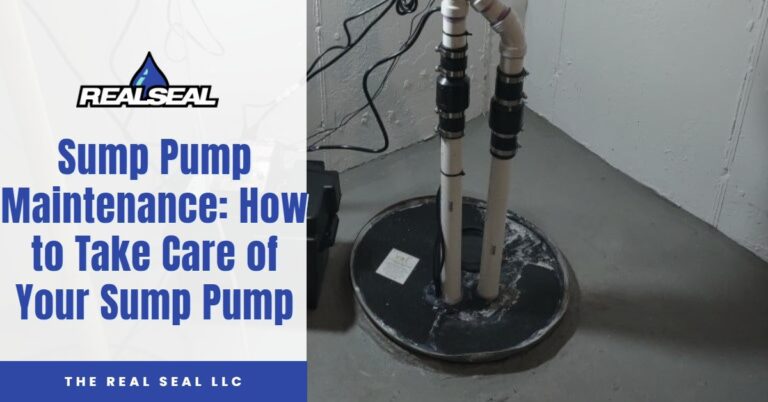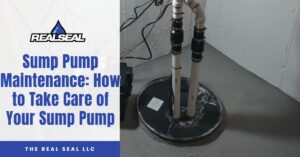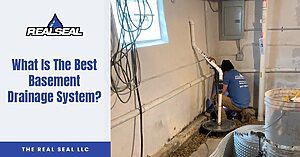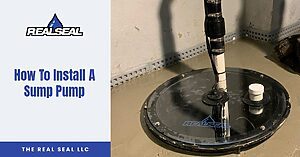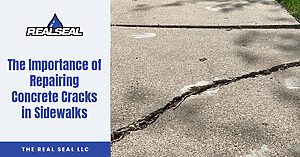Spring will come around the corner before you know it, so make sure your sump pump is in check prior to the April showers.
According to the American Society of Home Inspectors, 38% percent of U.S. homes “run the risk of basement mold.” However, moisture is an easy issue to avoid. A sump pump is often overlooked, but it plays a big role in your home’s moisture control.
What does my sump pump do, anyway?
A sump pump is a critical appliance, as it protects your basement and crawl space from water buildup and prevents future floods. It’s professionally installed in a sump pit in the lowest point of your home, as it’s the area that’s most likely to flood first. To prevent ground and rainwater from entering your home, the sump pump collects all standing water in a basin and pumps it outside.
It’s the ideal “just in case” device because it works on its own. But sump pumps are mysteries to some—it’s one of those things where you don’t even realize it’s there until it stops working. If you live in an area that doesn’t flood often, you might not even know you have one! However, every home should have a sump pump to avoid water damage and flooding. Any excess water means mold growth, respiratory illnesses, and many other issues you don’t want on your hands.
There are two types of sump pumps: submersible and pedestal. Submersible pumps are powerful appliances that are usually installed when the house is built. Aptly named, a submersible pump floats in the water. They can tolerate a lot of debris and can last anywhere between ten and 15 years. Unlike pedestal pumps, they’re not in the way of your basement’s furniture or fixtures. On the other hand, pedestal pumps are easily accessible, as they sit outside the well. Additionally, they last longer than submersible pumps. If installed and maintained appropriately, a pedestal pump can last as long as 25 to 30 years!
While this small, electrically operated device has a reputation for being resilient year after year, you still must replace them at least once. While they waterproof your basement, like any other appliance, they can still experience problems—even if you maintain them. If your sump pump doesn’t operate how it should, make sure you call a local professional to repair or replace your aging pump.
If you neglect your sump pump, your house will suffer more damage than you might think—a faulty sump pump won’t save you when disaster strikes. Therefore, to prevent failure, you’ll need to take exceptional care of it. If you’re unsure of how to clean a sump pump (or how often you should clean it), our sump pump maintenance guide details everything you’ll need to know.
Every three to four months
To keep your sump pump in tip top shape, you’ll need to check on it throughout the year. Quarterly sump pump maintenance doesn’t require much work, and it only takes a few minutes. Make sure you:
- Gently clean the pump’s inlet opening or screen.
- Check to see if the power cord is still plugged into a GFCI (ground fault circuit interrupter) outlet. The cord should also be in good condition—there should be no wear and tear. This step reduces your risk of electrical shock.
- Test the sump pump—pour a bucket of water over the sump pump and see how quickly it responds. The water raises the float, and the sump pump should turn on once it detects water. If needed, adjust the float. A working sump pump should sound smooth and drain the water right away.
- During operation, the pump may tilt to one side due to the force of the water and vibrations from the motor. Make sure the pump is level and stands upright.
Once a year
Ideally, you should complete the list below before the rainy season.
- Visually inspect your pump—you can tell right away if it’s working or not. If it doesn’t look like it’s functioning properly, take care of any issues before they escalate.
- Don’t let debris clog up your sump pump—once a year, remove the pump and clean it. Flush it out with water, then replace the pump in the sump. This ensures buildup won’t affect its function. Don’t forget to clean out the pit, too!
- Read your Owner’s Manual to see if the pump bearings require grease or oil.
Every two to three years
- If your sump pump uses batteries, replace them. This can be easy to forget, but just remind yourself to change the batteries every time you change your home’s smoke alarm batteries.
Outside the home
- Check for cracks in your basement’s walls and windows as well as in your home’s foundation.
- Make sure your home’s sump pump drain isn’t blocked by dirt or rocks.
- Ensure the drainpipe points away from your home.
- For proper drainage, clear gutters and downspouts.
Final notes
- You should never plug a sump pump into an extension cord.
- Some sump pumps come with an alarm that alerts you when the water basin is too high. They’re not a requirement, but they’re helpful in detecting water buildup. If your sump pump doesn’t have an alarm, consider installing one.
- Don’t forget a backup pump, which will help during a power outage. Backup pumps are either water or battery powered.
As you can see, sump pumps are essential flood prevention tools that keep your home comfortable and dry. Chicago residents especially depend on them! To assure total peace of mind, you must give your sump pump your attention on a regular basis. When it comes to bigger concerns, let The Real Seal take care of them. Our basement waterproofing team ensures you can depend on your sump pump in flood conditions.
We replace sump pumps and provide battery backup systems, repair cracked foundations, and much more. When you work with our team, you can expect simple, quick fixes at fair prices. Plus, we’re so certain of our work that it comes with a lifetime guarantee. Call us today to schedule your service!
